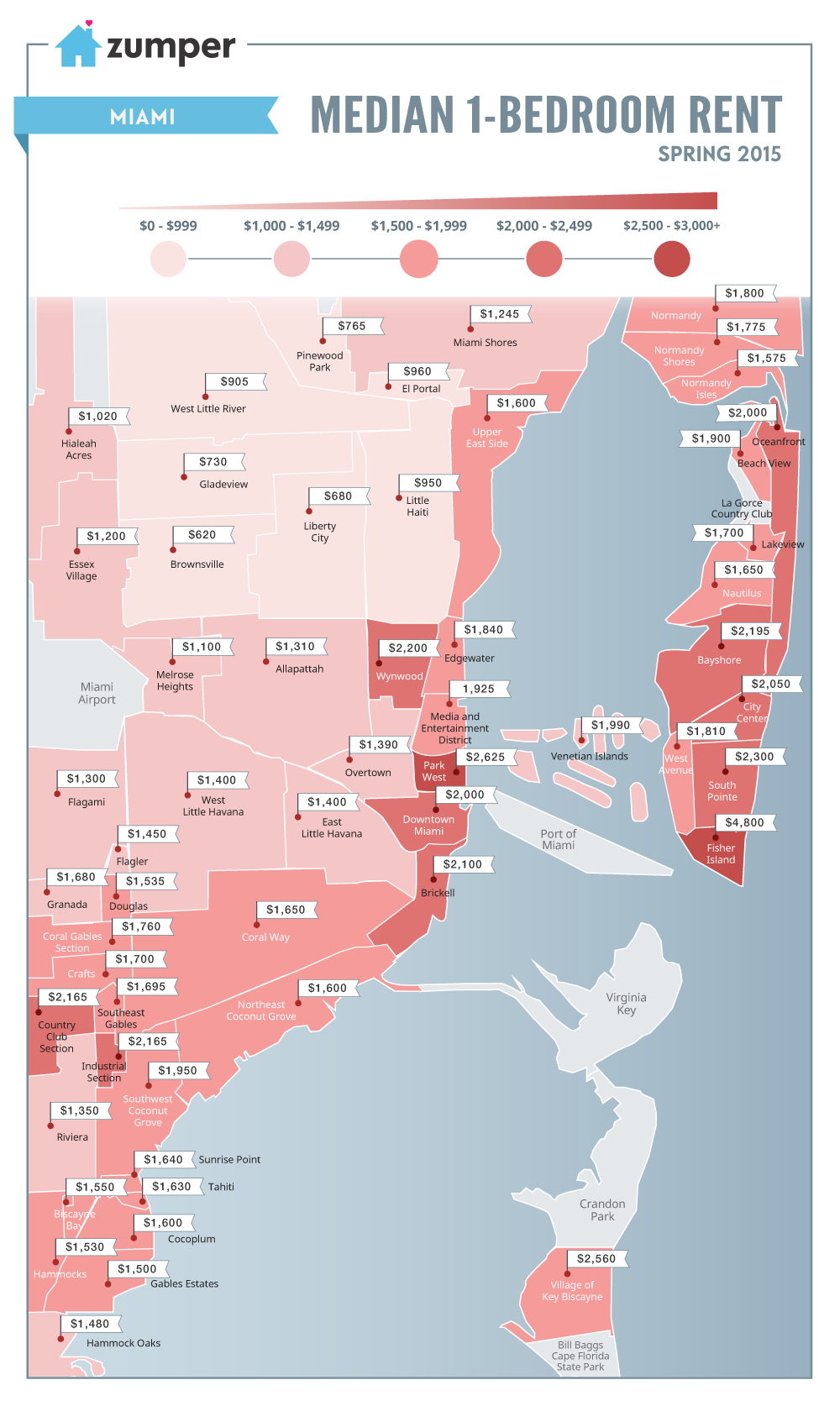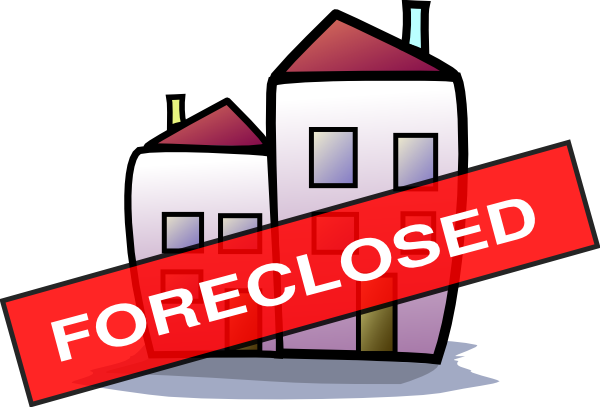Out-of-town buyers aren’t just snapping
up Miami’s prime real estate — they’re also changing the way luxury developers
build.
As
more out-of-towners decide they want to put down roots in South Florida rather
than simply buy investment properties for the rental market, they’re asking for
bigger, better, more expensive designs. Units equipped with quarters for a
nanny or maid. Guest suites for visiting relatives and friends. High-tech
security with biometric identification.
Those
requests come from both Latin Americans, who have driven Miami’s latest
real-estate boom, and wealthy Americans, who are appearing locally in greater
numbers. Some developers, hoping to lure a growing pool of Chinese buyers, are
even turning to “feng shui” consultants who specialize in the eastern art of
balanced design.
“Foreign
investment has completely changed our entire landscape from an architectural
standpoint,” said Daniel de la Vega, president of One Sotheby’s International
Realty. “People are bringing their families here to spend time, and that
changes their needs.”
One
Sotheby’s now advises all developer clients building units greater than 3,500
square feet to include live-in quarters for a maid or nanny, de la Vega said.
At
Paramount Miami Worldcenter, a luxury condo tower planned for downtown Miami’s
Park West district, about 80 apartments out of a total 513 have a bedroom and
bathroom — called a “lockout suite” — branching off from the main entrance near
the unit’s private elevator. The studios, between 250 and 280 square feet, are
envisioned as space for a maid or nanny, although they could also be used for
teenage children who squawk for privacy or an elderly parent who needs quiet,
said Peggy Fucci of OneWorld Properties, sales lead for the project.
Units
with a lockout suite start at about $1.5 million, or $650 per square foot.









